Warren Distinguished Lecture Series

The Warren Distinguished Lecture Series is made possible by a generous, renewing gift by Alice Warren Gaarden in 1961. Since 1989, we have been bringing in accomplished researchers and speakers from around the world to share their work with students, faculty, and friends of CEGE.
NOTE: The series will resume after a summer break. Please review our recordings of past sessions linked below!
Upcoming Events
The series will resume after a summer break. Please review our recordings of past sessions linked below!
There are no upcoming events matching your criteria.
Past Warren Lectures
Warren Lecture with Ardeshir Ebtehaj
Friday, Sept. 10, 2021, 10:10 a.m. through Friday, Sept. 10, 2021, 11:15 a.m.
Ardeshir Ebtahaj
Civil, Environmental, and Geo- Engineering, University of Minnesota
"Unraveling Changes of Global Water Cycle using Satellite Data"
ABSTRACT: Satellite observations of the Earth’s radiation in microwave bands play an indispensable role, not only for unraveling the impacts of climate change on the global water cycle but also for accurate prediction of droughts and extreme storms. On the one hand, satellite remote sensing of the water cycle involves inversion of radiative transfer equations that link the amount of water in land and atmosphere to radiation intensity, observed by spaceborne radiometers at the top of the atmosphere. On the other hand, improved predictability of the hydrologic cycle requires optimal integration of satellite observations with the outputs of Earth System Models (ESMs). Ebtehaj presents recent advances in physically informed inversion of land emission models and in multi-satellite statistical learning for high-resolution remote sensing of soil moisture and snowstorms from space. Furthermore, he presents a new paradigm for satellite data assimilation over a Riemannian manifold equipped with the Wasserstein metric. Unlike classic approaches over the Euclidean space, this new framework can formally penalize geophysical biases in a non-Gaussian state space. The advantages of this approach for improved geophysical forecasts are demonstrated using chaotic dynamical systems, representing atmospheric circulation.
Warren Lecture with John Gulliver
Friday, April 30, 2021, 10:10 a.m. through Friday, April 30, 2021, 11:30 a.m.
John S. Gulliver
Civil, Environmental and Geo- Engineering, University of Minnesota
"Gismos for Stormwater Runoff"
ABSTRACT: Technology for stormwater treatment has different challenges from water treatment and wastewater treatment. Stormwater control measures need to be applied throughout the watershed, such that infrequent maintenance is needed. Second, the water to be treated tends to flow more infrequently than water or wastewater, resulting in a different paradigm for stormwater control measures. Gulliver discusses three technologies to assist in the choice of stormwater control measures: a falling head infiltrometer that can be used to determine the saturated hydraulic conductivity at multiple locations simultaneously; a baffle that will turn a standard sump into a stormwater control device; and an enhanced sand filter that will remove phosphate from stormwater runoff before it reaches the receiving water body.
Warren Lecture with Nikolaos Geroliminis
Friday, April 16, 2021, 10:10 a.m. through Friday, April 16, 2021, 11:30 a.m.
Nikolaos Geroliminis
EPFL Lausanne, Switzerland
"On the Inefficiency of Ride-sourcing Services Towards Urban Congestion"
ABTRACT: The advent of shared-economy and smartphones made on-demand transportation services possible, which created additional opportunities but added more complexity to urban mobility. Companies that offer these services are called Transportation Network Companies (TNCs) due to their internet-based nature. Ride-sourcing is the most notorious service TNCs provide. Little is known about the degree to which ride-sourcing operations interfere in traffic conditions. We experimentally analyze the efficiency of TNCs using taxi trip data from a Chinese megacity and an agent-based simulation with a trip-based MFD model for determining the speed. We investigate the effect of expanding fleet sizes for TNCs, passengers’ inclination towards sharing rides, and strategies to alleviate urban congestion.
Warren Lecture with Andrew J Whelton
Friday, March 26, 2021, 10:10 a.m. through Friday, March 26, 2021, 11:30 a.m.
Andrew J Whelton
Civil Engineering and Environmental and Ecological Engineering, Purdue University
"Preventing Future Safety and Environmental Problems: Experiences of Polymers in Water Infrastructure Systems"
ABSTRACT: As buried water infrastructure in the U.S. continues to deteriorate, many communities are racing to replace and replace these assets. Many of these communities are choosing to repair pipes in place, or replace with polymer materials. This is also the case for building systems and new construction, where polymer material use can be 90% less costly than legacy materials and methods. Whelton describes his experience with polymer prevalence in water infrastructure systems and product failures, and recommends education to lessen the chance of future failures and health impacts.
Modeling Soil-Machine Interaction: Evolving Research on Evolutionary Plasticity Problems
Friday, Feb. 12, 2021, 10:10 a.m. through Friday, Feb. 12, 2021, 11:15 a.m.
James Hambleton
Civil and Environmental Engineering, Northwestern University
"Modeling Soil-Machine Interaction: Evolving Research on Evolutionary Plasticity Problems"
Impacts of Automation in Future Public Transport Systems
Friday, Nov. 6, 2020, 10:10 a.m. through Friday, Nov. 6, 2020, 11:15 a.m.
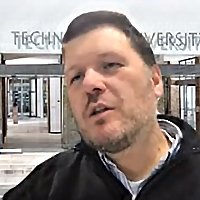
Constantinos Antoniou
Civil, Geo and Environmental Engineering, Technical University of Munich
ABSTRACT: Antoniou looks at some recent and ongoing research on expected impacts of automation in transforming public transport systems. He describes an integrated framework for a scenario-based impact assessment. Topics include an analysis of multiple waves of survey data collected from users of an automated bus deployment in Stockholm, as well as the development of an analytical model that provides insights into how automation may affect the design and operation of future public transport systems, applied to networks in Germany and Chile.
Bottom-Up and Top-Down Approaches to the PFAS Problem: From Molecular Models to Policy Frameworks
Friday, Oct. 23, 2020, 10:10 a.m. through Saturday, Oct. 10, 2020, 11:15 a.m.
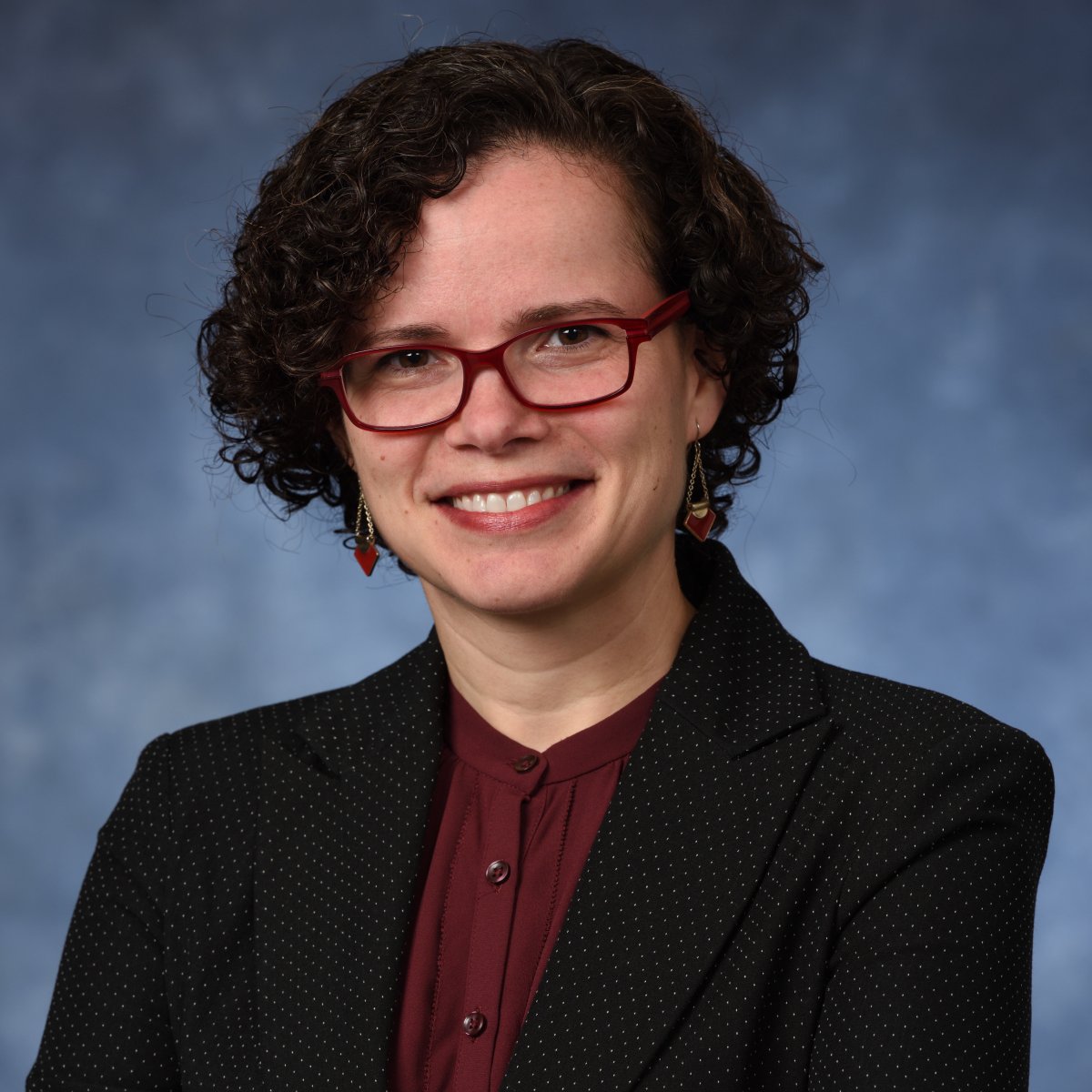
Carla A. Ng
Civil and Environmental Engineering, University of Pittsburgh
Per- and polyfluorinated alkyl substances (PFAS) are a diverse group of chemicals used in a dizzying array of applications. Public concern is growing over ubiquitous human exposure to PFAS, and the recognition that some PFAS are bioaccumulative and can be toxic even at extremely low concentrations. This concern has prompted policy action at state, federal, and international levels. Yet the development of sound policy and decisions around PFAS is complicated by lack of data on most members of the broad class of chemicals and by the practical difficulties around a substance-by-substance approach to evaluating these chemicals, particularly given their unique properties and behavior in environmental and biological systems. Ng highlights several initiatives from her research group and collaborative work to tackle the PFAS problem at two levels. At the molecular level, she is developing integrative modeling strategies to predict the behavior and potential hazard of diverse PFAS using computational approaches that help to overcome limitations of traditional testing and increase throughput. At the policy framework level, she is collaborating with a team of international academic and regulatory scientists and policy analysts to develop scientifically sound strategies to eliminate hazardous PFAS from products and processes.
Level Excursion Analysis of Probabilistic Quasibrittle Fracture
Friday, Oct. 2, 2020, 10:10 a.m. through Friday, Oct. 2, 2020, 11:15 a.m.
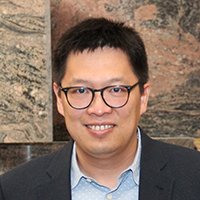
Jia-Liang Le
Civil, Environmental, and Geo- Engineering, University of Minnesota
ABSTRACT: It is widely acknowledged that no structure can be designed to be risk free, and therefore, reliability analysis plays a central role in the design of engineering structures. The recent focus has been placed on structures made of brittle heterogenous (a.k.a. quasibrittle) materials, such as ceramics, composites, concrete, and many more at the microscale. Le and his team recently developed a level excursion model for analyzing the probabilistic failure of quasibrittle structures, in which the structural failure probability is calculated as a first passage probability. The main feature of the model is that it captures both the spatial randomness of local material resistance and the random stress field induced by microstructures. The model represents a continuum generalization of the classical weakest-link model, which recovers the Weibull distribution as an asymptotic distribution function. In this talk, Le discusses two applications of this model.
Modeling and Optimization of Transportation Networks with Emerging Technologies
Friday, Sept. 25, 2020, 10:10 a.m. through Friday, Sept. 25, 2020, 11:15 a.m.
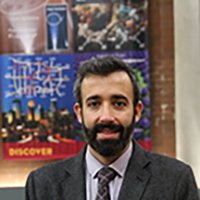
Alireza Khani
Civil, Environmental, and Geo- Engineering, University of Minnesota
ABSTRACT: Transportation systems are confronting disruptive changes due to the emergence of new technologies such as shared mobility and autonomous vehicles. Traditional methods of modeling transportation systems do not capture the characteristics of new modes or the behavior of users in response to new modes. Therefore, new and customized methods are needed for i) analyzing human mobility patterns from new data sources, ii) controlling the operation of on-demand mobility services, and iii) optimizing long term planning of transportation infrastructures considering future technologies. In this seminar, Khani presents optimization methods to solve selected problems from the three research needs. He and his team develop and apply these methods in the context of multimodal transportation systems to increase benefits to society.
When Topology Met Phononics: Wave Manipulation on Edges and Interfaces
Friday, Sept. 18, 2020, 10:10 a.m. through Friday, Sept. 18, 2020, 11:15 a.m.
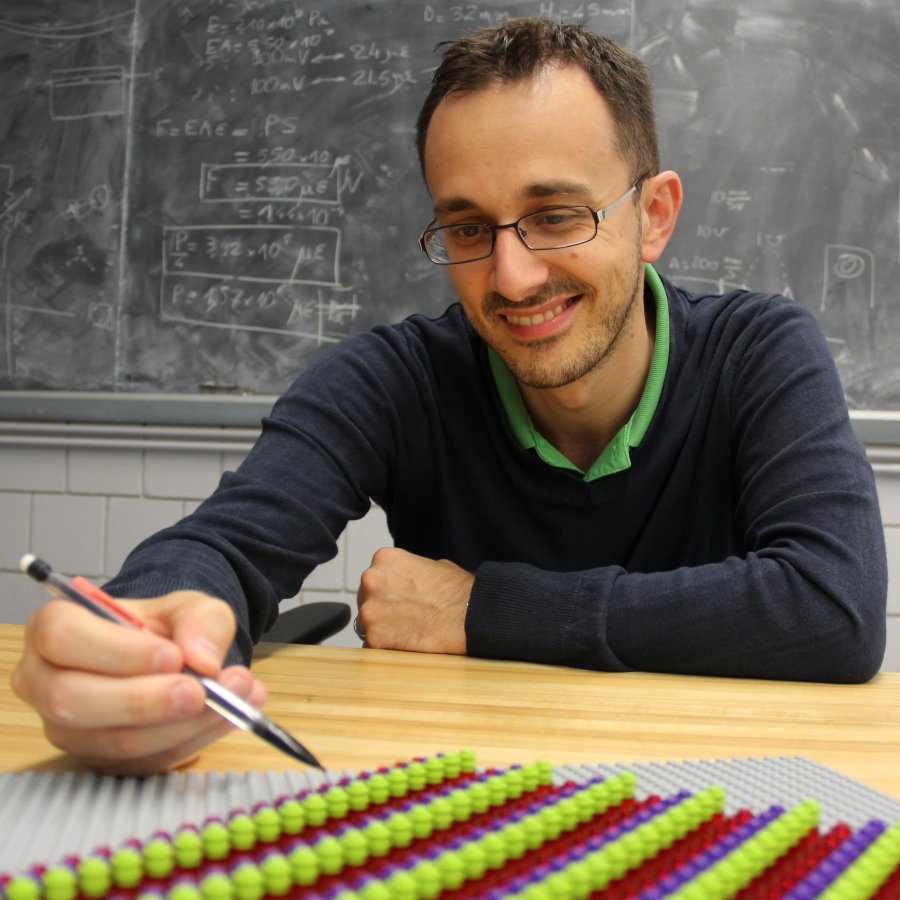
Stefano Gonella
Civil, Environmental, and Geo- Engineering, University of Minnesota
ABSTRACT: Elastic metamaterials are structural materials that owe their unique wave manipulation capabilities to their complex internal architecture. Topological metamaterials are special metamaterials whose behavior is directly controlled by the topology of their phonon band structure. In this talk, we present two problems in topological phononics that deal with the propagation of waves at edges and interfaces. The first problem regards a class of metamaterials known as topological Maxwell lattices. In the second part of the presentation, we demonstrate the existence of valley-Hall edge states in the in-plane dynamics of honeycomb lattices with bi-valued strut thickness.